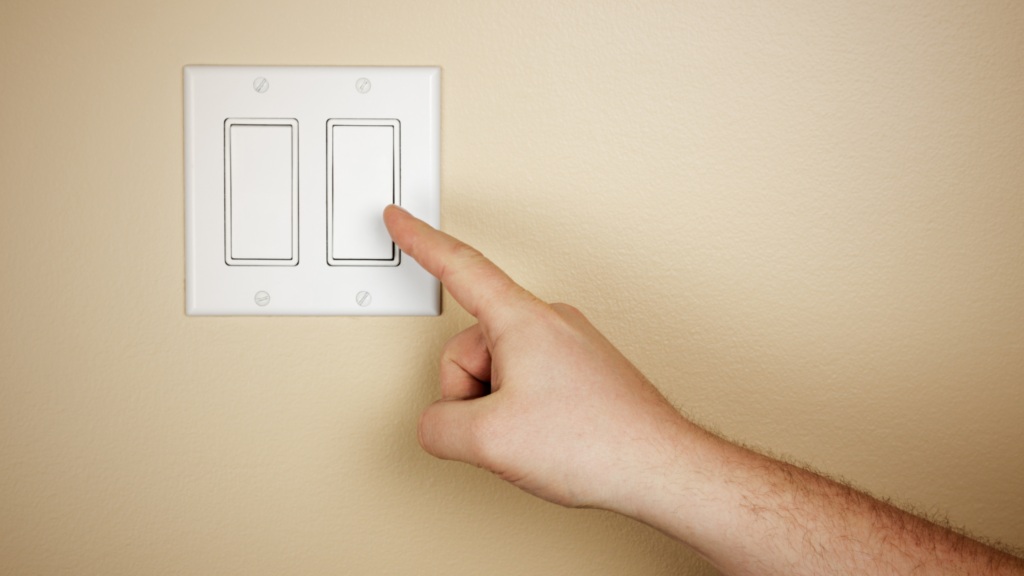
According to the Energy Independence and Security Act (EISA) of 2007, DOE is required to establish new energy conservation standards for manufactured homes based on the most recent practices outlined in the International Energy Conservation Code (IECC). Since a new version of the IECC was published in 2021, DOE is currently proposing a series of modifications to the existing energy conservation standards in order to improve the energy efficiency of new manufactured homes.
According to the 2021 IECC, the newly proposed energy conservation standards focus on a number of improvements to the thermal envelope, HVAC systems, hot water systems, duct sealing as well as heating and cooling equipment sizing for the manufactured homes that will be constructed from 2023 onwards. The new standards will also take into account the performance-based U-values and R-values, according to the climate regions of the US.
Even though the new standards will result in significant conservation of energy, which can provide many long-term benefits, they’re expected to bring along a few drawbacks as well.
To begin with, here are the most important positive effects of the newly proposed energy conservation standards:
- Lower utility bills for manufactured homeowners – Over the past few years, manufactured home builders have opted for new construction methods, technologies, and materials in order to offer consumers higher-quality, more energy-efficient homes. However, the newly proposed energy conservation standards aim to make these homes even more energy efficient. According to DOE, a manufactured home that will meet the new energy conservation requirements could save homeowners between $177 and $475 on energy bills per year. Since a higher number of energy-efficient manufactured homes will lower the overall demand for electricity and natural gas, they can also reduce the need to invest in new energy sources and transmission infrastructure, which could prevent energy prices from rising in the future.
- Lower greenhouse gas emissions – Designed to conserve and reduce energy use, the new manufactured homes will use less electricity, gas, or any other form of energy for heating and cooling. By requiring less energy to provide a comfortable living environment, these homes will reduce the emissions of greenhouse gasses, including carbon dioxide, methane, nitric oxide, nitrous oxide, nitrogen dioxide, and sulfur dioxide, which means they’ll deliver cleaner air for communities.
The negative effects of the newly proposed energy conservation standards:
- Higher manufactured home prices – Manufactured housing is one of the most affordable homeownership options available today. Unfortunately, the newly proposed energy conservation standards are expected to cut against all efforts made to preserve factory-built homes as a source of affordable housing.
While more energy-efficient materials, building components, and appliances will reduce the energy waste in manufactured homes, they can increase the sales price of this housing option considerably. That’s because the latest energy-efficient materials and components are more expensive than the ones that manufactured home builders currently install in the homes they build.
In addition, the newly proposed standards require manufactured home builders to adopt new building techniques that ensure a tighter construction, which can reduce the use of heating and cooling systems by preventing air drafts. Thanks to new construction techniques and better insulation, HVAC systems may not be required at all in some regions. Furthermore, the new manufactured homes must be equipped with Energy Star certified appliances and energy-efficient lighting systems, which are more expensive than less efficient alternatives.
Even though advanced construction techniques along with energy-efficient materials, components, and Energy Star certified appliances can provide significant savings in energy costs for many years to come, the manufactured home price increases are expected to exceed the overall energy savings projected. - Fewer people will qualify for manufactured home financing – The savings in energy costs resulting from an energy-efficient manufactured home built after the adoption of the new standards will offset at least part of the higher sales price. In fact, depending on the type of factory-built home purchased, homeowners might save more money on utility bills than the additional amount they would need to pay upfront as well as over the life of their manufactured home loan. But despite all those savings, the newly proposed energy conservation standards could place the initial purchase price along with the additional upfront costs of buying a manufactured home beyond the reach of many potential homebuyers. As a result, many people may no longer qualify for the financing options available for factory-built housing.
According to estimates, the housing affordability crisis will continue to worsen as inventory remains at historic lows. However, the homeowners who won’t qualify for the manufactured home loan amount they need in order to purchase a newly-built, energy-efficient manufactured home could still get a smaller manufactured home loan and purchase an older, less expensive manufactured home. The good news is that any manufactured home can be gradually upgraded to make it more energy efficient. As a result, the manufactured homeowners who own an older manufactured home can enjoy the same benefits as the people who own a modern, energy-efficient manufactured home but without the extra costs they might have otherwise needed to pay upfront.
